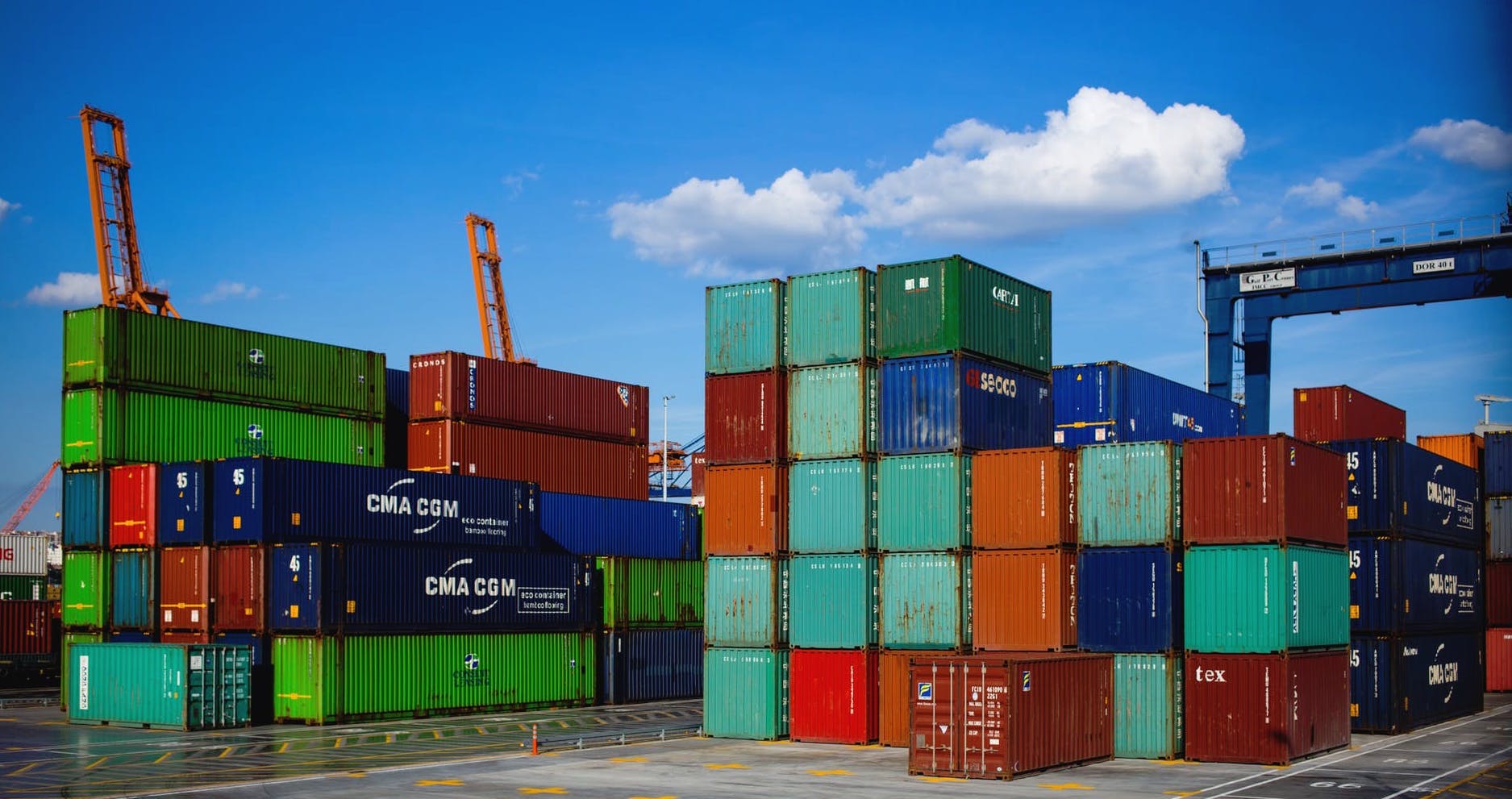Selling internationally is beneficial for the economy and allows small- to medium-sized businesses to grow quickly. However, this could hurt your business if you are unfamiliar with the process. Below are some helpful tips and guidelines to consider before breaking into the world’s largest economy, the United States.
1. Market research
Research is vital to prove your market value, especially if you plan to export your products to the hyper-competitive U.S. market. It is crucial to gather data on your customers including potential competition, demographics, and economic statuses. This information will help you develop a business strategy and validate your business plan in the U.S.
2. Review U.S. importing laws and regulations
Some items may be prohibited or restricted in the U.S., and some agencies may require a license or permit to export or import certain goods. To ensure your products comply with legal requirements, it is recommended to check the CBP and federal agency guidelines so you can ship and sell your goods in the U.S.
If you are shipping goods by land, air, or sea, work with a licensed customs broker. They have expertise in the entry procedures, changing regulations, requirements, taxes, and fees for imported merchandise.

3. Understand the tax implications (federal tax vs. state tax)
International taxation is very complex. If your company has a permanent establishment or office in the U.S., the U.S. federal income tax may apply. However, if your company is situated in another country, then you might have to pay federal income tax in your country.
Sales taxes in the US are administered by the state, not by the federal. Some U.S. states give exemptions for sales tax so make sure to do your research to determine your product’s total cost or to receive an accurate estimate. Check out this link to find out more about U.S. States with no sales tax.
4. Ask for government advice and assistance
Your government is probably the most reliable source you can have, so seek their advice prior to exporting. You can also find support, advice, and more information about exporting by being affiliated with trading organizations in your country.
A few examples include:
- Canada – Canadian Trade Commissioner Service
- India – Directorate General of Foreign Trade (DGFT)
- U.K. – Department of International Trade GOV.UK
- Italy – Italian Trade Agency
5. Set up a U.S. bank account
International money transfers can be costly and time-consuming. To have a smoother workflow, setting up a U.S. bank account is recommended. This will help you accept or make payments conveniently, minimize fees, and make a seamless foreign currency exchange.
Because of a newly established law, U.S. banks may need you to be physically present to open an account to verify your identity. This new law avoids money laundering and other foreign criminal acts. Contact the bank where you will be opening an account to ask about their policy and any documents they will need.
You can also check out this article to learn more about U.S. bank accounts for foreign entrepreneurs.
6. Work with an international fulfillment company
It is advised to work with a shipping or fulfillment company especially if you are not familiar with the logistics in the U.S. Their services usually include storage, packaging, labeling, shipping, and returns. Working with these companies can also avoid most international shipping issues, e.g., tracking, delivery, shipping cost, customs, duties, and more.
If you are looking for shipping and fulfillment companies, visit RangeMe Services, located at the top navigation bar of your RangeMe profile.
7. Protect your business
Business insurance may not be mandatory in some countries. However, if you want to work with retailers in the U.S., they will likely ask you to provide them with a copy of your insurance policy.
Exporting your products and doing business internationally comes with a risk. Keep in mind that not all liability insurances cover incidents that occur abroad. If you already have a company in the U.S., liability insurance may already be in place. If you are a small- to medium-sized business and wish to sell your products overseas in the U.S., it is recommended to check out the different types of international insurance and export insurance to see which one would best fit for your business.
8. Promote and showcase your products
It’s also important to introduce your products to your potential customers in the U.S. and there are many ways to do so. But, if you want to meet the decision-makers, then you will need to invest.
Participating in trade shows and expos are a great way to promote your brand, showcase your products, examine market trends, build a network, and establish relationships with buyers. Make sure to do your research before participating in these shows as you might find yourself in the wrong audience.
You can also schedule an appointment and collaborate with retail buyers by attending ECRM sessions. ECRM provides business solutions to both buyers and suppliers. Their service includes product discovery, category development, and category planning.
Remember that you can find a lot of resources both online and offline. Every situation is unique and you just need to find which strategy works best for your growing business.

